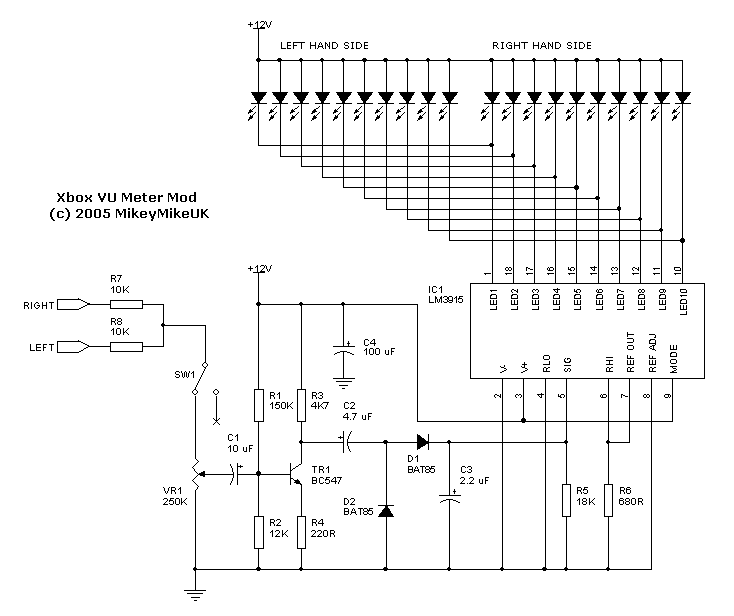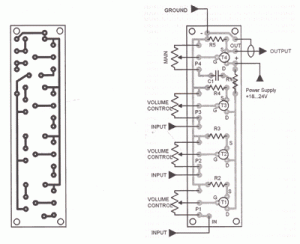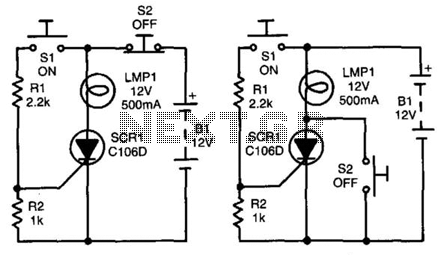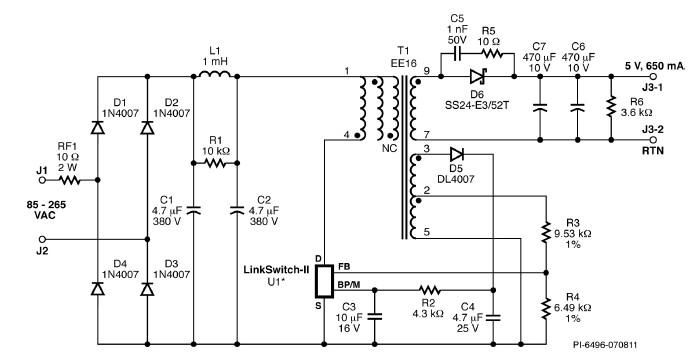
Active Power Factor Correction Circuit
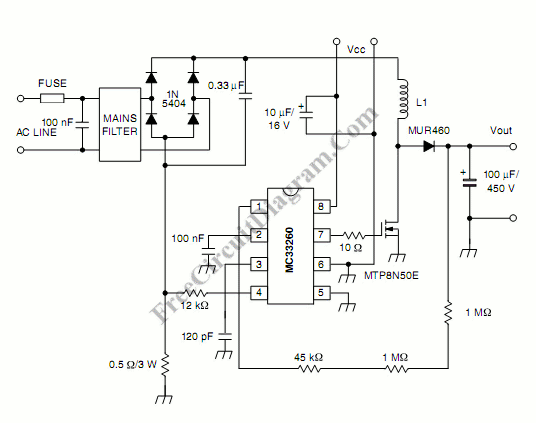
Active power factor correction stabilizes the electrical demand of a device to provide optimal power factor characteristics for various types of loads. To comply with power factor regulations, a cost-effective solution should be designed. In many applications, the requirement for high DC voltage is typically achieved through direct rectification of the AC line, followed by bulk capacitor filtering. This capacitor filtering introduces current spikes that distort the power line sine waveform, resulting in a poor power factor and causing the apparent input power to be significantly higher than the actual power. This issue can be addressed by incorporating a pre-regulation stage between the rectifier and the bulk capacitor, referred to as a power factor correction circuit. The schematic diagram of the circuit illustrates that this power factor controller is a low-cost system solution operating in boost mode, compliant with the IEC 1000-3-2 standard. This power factor correction circuit features inrush current detection and protection mechanisms against overcurrent, overvoltage, and undervoltage. The boost mode design allows for cost reduction by utilizing smaller inductors and MOSFETs.
The power factor correction (PFC) circuit is a critical component in modern electronic systems, particularly for applications requiring efficient energy management and compliance with regulatory standards. The circuit typically begins with an AC input, which is rectified using a diode bridge to convert the AC voltage to DC. This process, while effective, can lead to significant harmonic distortion if not managed properly.
To mitigate this, the PFC circuit employs a boost converter topology. The boost converter consists of an inductor, a switch (usually a MOSFET), a diode, and an output capacitor. During the switch's ON state, current flows through the inductor, storing energy. When the switch is turned OFF, the inductor releases its stored energy to the load through the diode, which results in a higher output voltage than the input voltage. This operation not only increases the DC voltage but also shapes the input current to be more sinusoidal, thus improving the power factor.
The inclusion of inrush current detection is crucial for protecting the circuit during startup, preventing damage from sudden surges. Overcurrent protection ensures that the circuit operates within safe limits, while overvoltage and undervoltage protection circuits safeguard the connected load from voltage fluctuations.
The design also emphasizes the use of smaller inductors and MOSFETs, which contribute to a reduction in overall system size and cost. By optimizing component selection and layout, the PFC circuit achieves high efficiency and reliability, fulfilling the stringent requirements of energy regulations while minimizing operational costs.
Overall, the power factor correction circuit is essential for enhancing the efficiency of power conversion systems and ensuring compliance with international standards, making it a vital consideration in the design of modern electrical devices.Active power factor correction stabilize the electrical demand of a device to give the best power factor characteristic of many types of loads. To meet power factor regulation, a low cost solution should be designed. In many application, the need of high DC voltage is usually implemented by a direct rectification of the AC line followed by bulk ca
pacitor filtering. This capacitor filtering introduce current spike that distort the power line sine waveform, and this introduce a poor power factor, resulting in an apparent input power that is much higher than the real power. This can be solved by inserting a pre-regulation between the rectifier and the bulk capacitor. We call this pre-regulator circuit as power factor correction circuit. Here is the schematic diagram of the circuit: This power factor controller is a low cost system solution for boost mode follower.
that meets IEC1000 3 2 standard. This power factor correction circuit includes an inrush current detection, protection against overcurrent, overvoltage and undervoltage. Follower boost mode for system cost reduction smaller inductor and MOSFET can be used. [Circuit schematic source: ON Semiconductor Application Notes] We aim to transmit more information by carrying articles.
Please send us an E-mail to wanghuali@hqew. net within 15 days if we are involved in the problems of article content, copyright or other problems. We will delete it soon. 🔗 External reference
The power factor correction (PFC) circuit is a critical component in modern electronic systems, particularly for applications requiring efficient energy management and compliance with regulatory standards. The circuit typically begins with an AC input, which is rectified using a diode bridge to convert the AC voltage to DC. This process, while effective, can lead to significant harmonic distortion if not managed properly.
To mitigate this, the PFC circuit employs a boost converter topology. The boost converter consists of an inductor, a switch (usually a MOSFET), a diode, and an output capacitor. During the switch's ON state, current flows through the inductor, storing energy. When the switch is turned OFF, the inductor releases its stored energy to the load through the diode, which results in a higher output voltage than the input voltage. This operation not only increases the DC voltage but also shapes the input current to be more sinusoidal, thus improving the power factor.
The inclusion of inrush current detection is crucial for protecting the circuit during startup, preventing damage from sudden surges. Overcurrent protection ensures that the circuit operates within safe limits, while overvoltage and undervoltage protection circuits safeguard the connected load from voltage fluctuations.
The design also emphasizes the use of smaller inductors and MOSFETs, which contribute to a reduction in overall system size and cost. By optimizing component selection and layout, the PFC circuit achieves high efficiency and reliability, fulfilling the stringent requirements of energy regulations while minimizing operational costs.
Overall, the power factor correction circuit is essential for enhancing the efficiency of power conversion systems and ensuring compliance with international standards, making it a vital consideration in the design of modern electrical devices.Active power factor correction stabilize the electrical demand of a device to give the best power factor characteristic of many types of loads. To meet power factor regulation, a low cost solution should be designed. In many application, the need of high DC voltage is usually implemented by a direct rectification of the AC line followed by bulk ca
pacitor filtering. This capacitor filtering introduce current spike that distort the power line sine waveform, and this introduce a poor power factor, resulting in an apparent input power that is much higher than the real power. This can be solved by inserting a pre-regulation between the rectifier and the bulk capacitor. We call this pre-regulator circuit as power factor correction circuit. Here is the schematic diagram of the circuit: This power factor controller is a low cost system solution for boost mode follower.
that meets IEC1000 3 2 standard. This power factor correction circuit includes an inrush current detection, protection against overcurrent, overvoltage and undervoltage. Follower boost mode for system cost reduction smaller inductor and MOSFET can be used. [Circuit schematic source: ON Semiconductor Application Notes] We aim to transmit more information by carrying articles.
Please send us an E-mail to wanghuali@hqew. net within 15 days if we are involved in the problems of article content, copyright or other problems. We will delete it soon. 🔗 External reference

